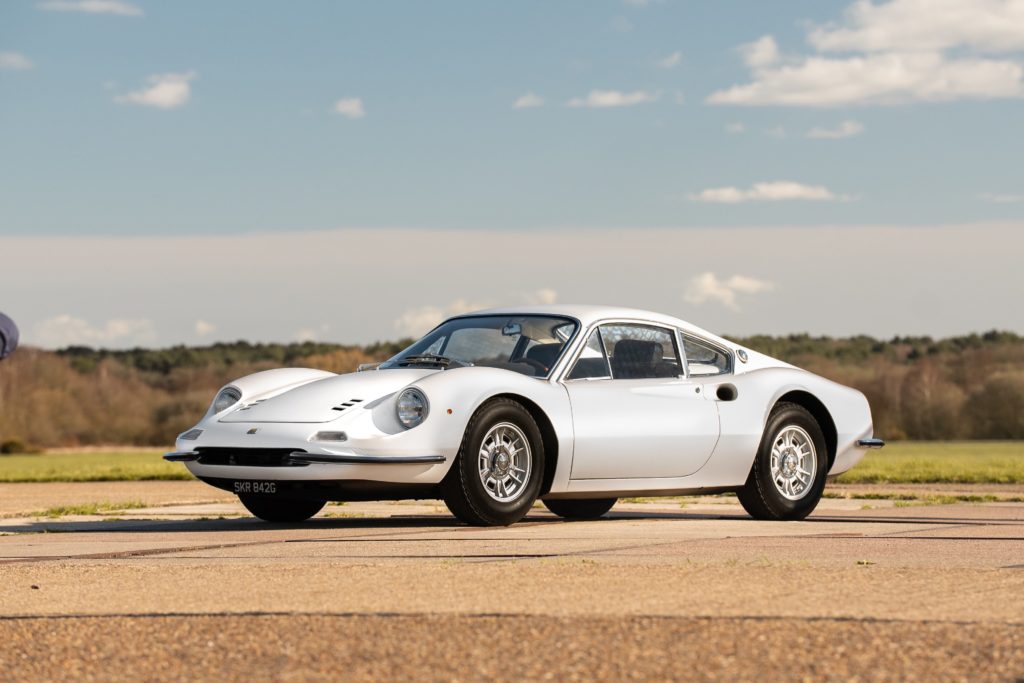Is a Dino indeed a Ferrari or isn't it? You might hardly imagine it by looking at the car on these pages, but in the sixties this was a hot topic. After all, this slender, low and expressively designed sports car does not bear the Cavallino Rampante. Why? Because this Ferrari Dino 206 GT was an 'entry-level' car that had to beat the Porsche 911 commercially.
Text: Jeroen Jansen Image: Tom Gidden, Courtesy of RM Sotheby's
Ferrari also operates in a special segment in the 1960s. The Italian marque grossed in dream cars with mighty 12-cylinders and price tags that would make John-with-the-pet stagger. Meanwhile, Porsche launched its 911 in 1964. A sports car still out of reach for the common man, but affordable to a much wider audience than a Ferrari. And that got 'Il Commendatore' Enzo Ferrari thinking: could this strategy work for him too?
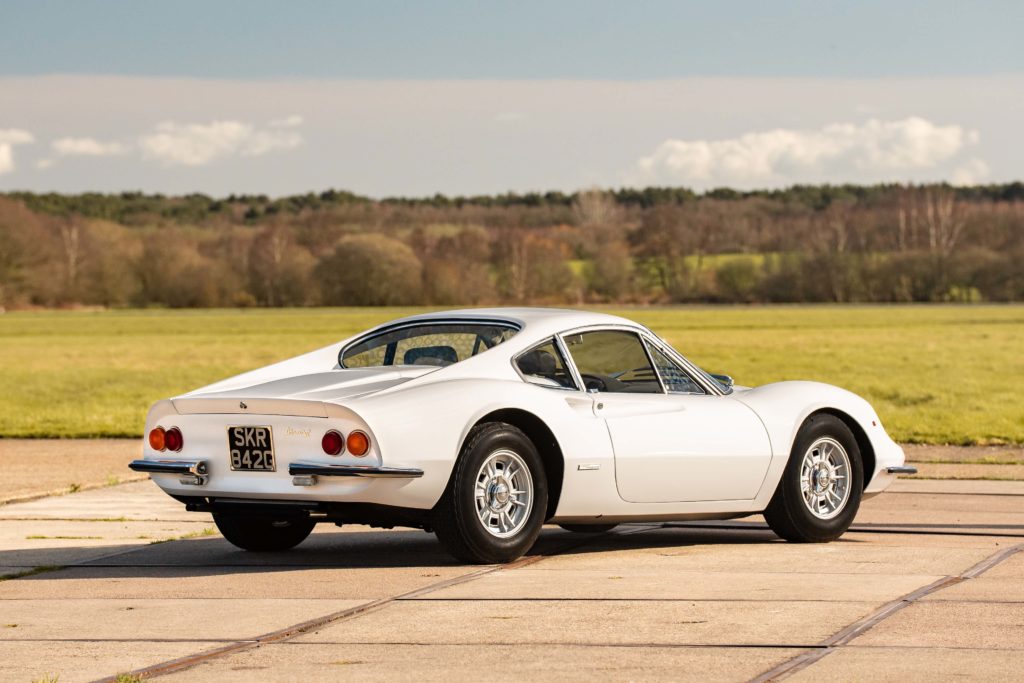 He decides to take his chances and sets his sights on a base model to take on that top model from Germany. But without affecting the Ferrari brand name. Ferrari should continue to stand for luxury, exclusivity and perhaps a hint of unattainability. Especially for the intended 911-killer, the sub-brand 'Dino' will be created. Whose name is a tribute to Enzo Ferrari's late son Alfredo, who was called Dino by acquaintances.
He decides to take his chances and sets his sights on a base model to take on that top model from Germany. But without affecting the Ferrari brand name. Ferrari should continue to stand for luxury, exclusivity and perhaps a hint of unattainability. Especially for the intended 911-killer, the sub-brand 'Dino' will be created. Whose name is a tribute to Enzo Ferrari's late son Alfredo, who was called Dino by acquaintances.
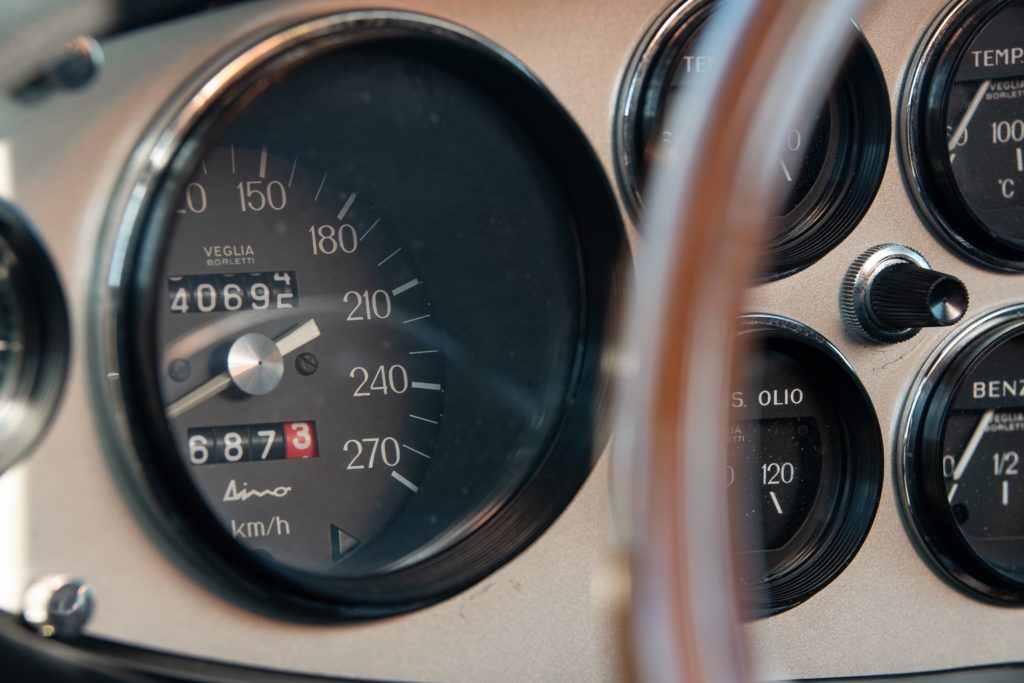 Putting Porsche to shame
Putting Porsche to shame
Ferrari mainly focused on V12 engines, but during his lifetime Dino worked on the first compact V6 that would see the light of day in Maranello -Ferrari's home base. Dino was not allowed to live to see it himself, but a further development of his six-cylinder eventually found a home in the Dino 206 GT. Not in the nose of the car, but in the back, right above the rear axle. Let's just say that this position of the aluminium block does the Dino's driving qualities no favours at all.
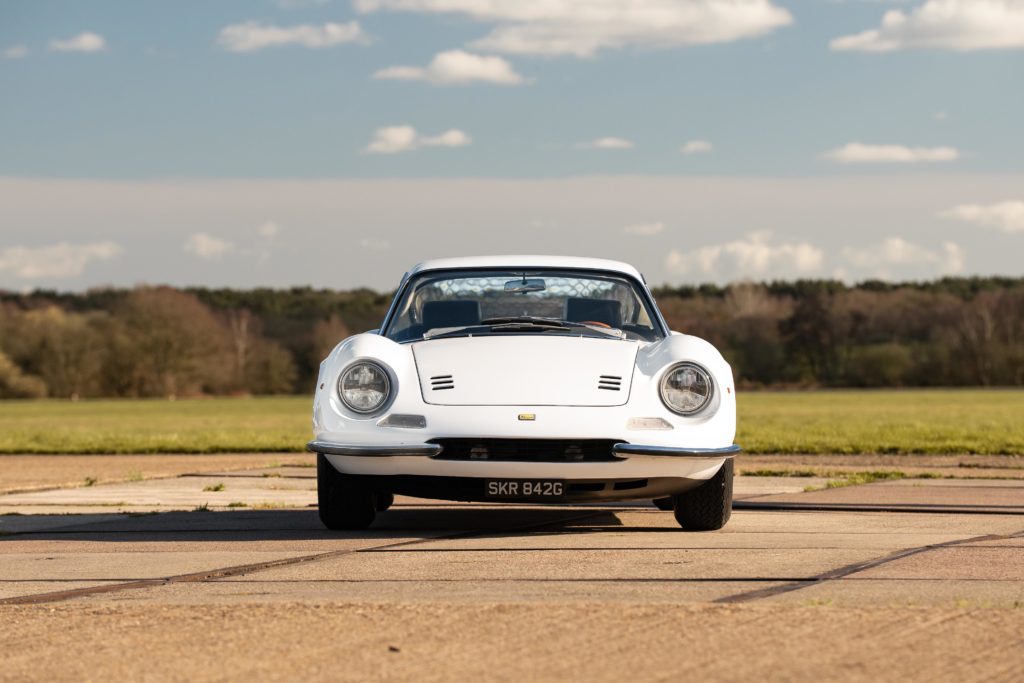 The car's body is drawn by Aldo Brovarone and Leonardo Fioravanti, two employees of design house Pininfarina. The styling can be called typically 1960s: lots of curves, few corners. Coachbuilder Scaglietti brings the designers' vision to life in aluminium to save weight. And to give the car appropriate handling, it gets independent suspension, disc brakes. The weight? About a thousand kilos, clean on the hook.
The car's body is drawn by Aldo Brovarone and Leonardo Fioravanti, two employees of design house Pininfarina. The styling can be called typically 1960s: lots of curves, few corners. Coachbuilder Scaglietti brings the designers' vision to life in aluminium to save weight. And to give the car appropriate handling, it gets independent suspension, disc brakes. The weight? About a thousand kilos, clean on the hook.
Thanks to the 180 hp strong engine, the compact sports car catapults itself from standstill to 100 kilometres per hour in less than six seconds. Even today, figures with which you can comfortably get home. And figures that mean Enzo Ferrari leaves its major competitor - the Porsche 911 - far behind, at least in terms of performance. Because of those six seconds it takes the Dino to shoot to 100, the Porsche can only dream of at that point.
A real Ferrari after all?
Only 153 examples of this Ferrari-which may not be called a Ferrari-are built between 1968 and 1969, before successor 246 GT arrived. The car pictured here was delivered on 13 January 1969 in Bianco Polo Park colour, but soon after, the Dino was repainted in red. Many owners and an extensive and award-winning restoration later, the car comes into the hands of someone who decides to restore the Dino to its former glory and repaint it in Bianco Polo Park.
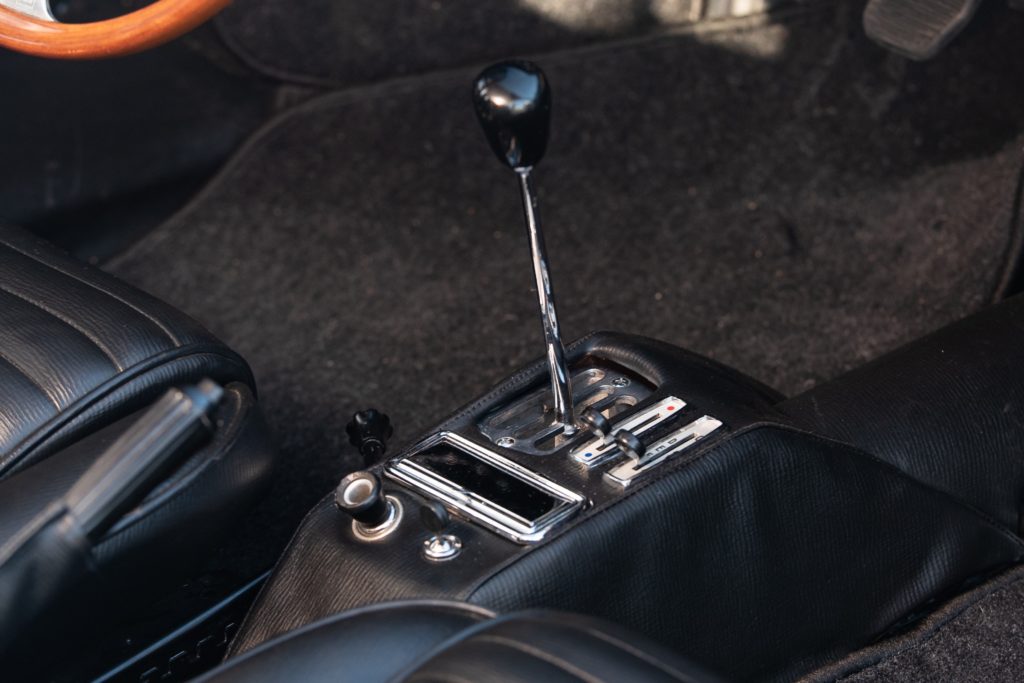 Although a Dino may not officially be a Ferrari, the car is now seen as such. And rightly so, because the Dino 206 GT paves the way for Ferrari to focus on light, playful mid-engined sports cars. And in terms of prices, the Dino anno 2022 is no longer inferior. Because while at the time of its introduction the car cost a proverbial fraction of a real Ferrari, nowadays you have to put quite a few tons on the counter to crown yourself owner. But then you do own something.
Although a Dino may not officially be a Ferrari, the car is now seen as such. And rightly so, because the Dino 206 GT paves the way for Ferrari to focus on light, playful mid-engined sports cars. And in terms of prices, the Dino anno 2022 is no longer inferior. Because while at the time of its introduction the car cost a proverbial fraction of a real Ferrari, nowadays you have to put quite a few tons on the counter to crown yourself owner. But then you do own something.



